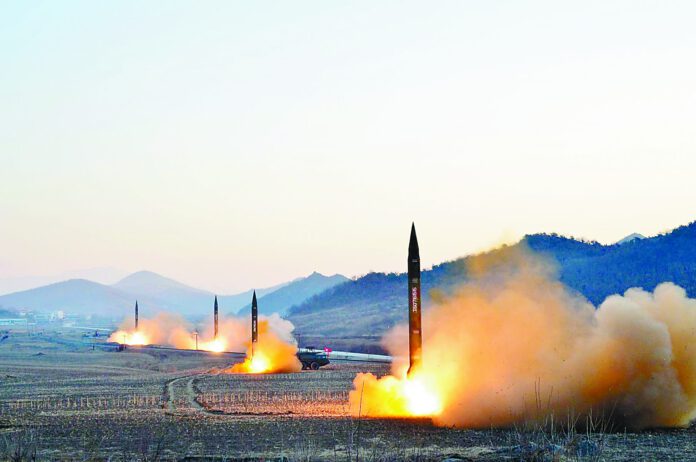
On September 8, the Supreme People’s Assembly of the Democratic People’s Republic of Korea (DPRK) on Thursday promulgated a law on the state policy on the nuclear forces.
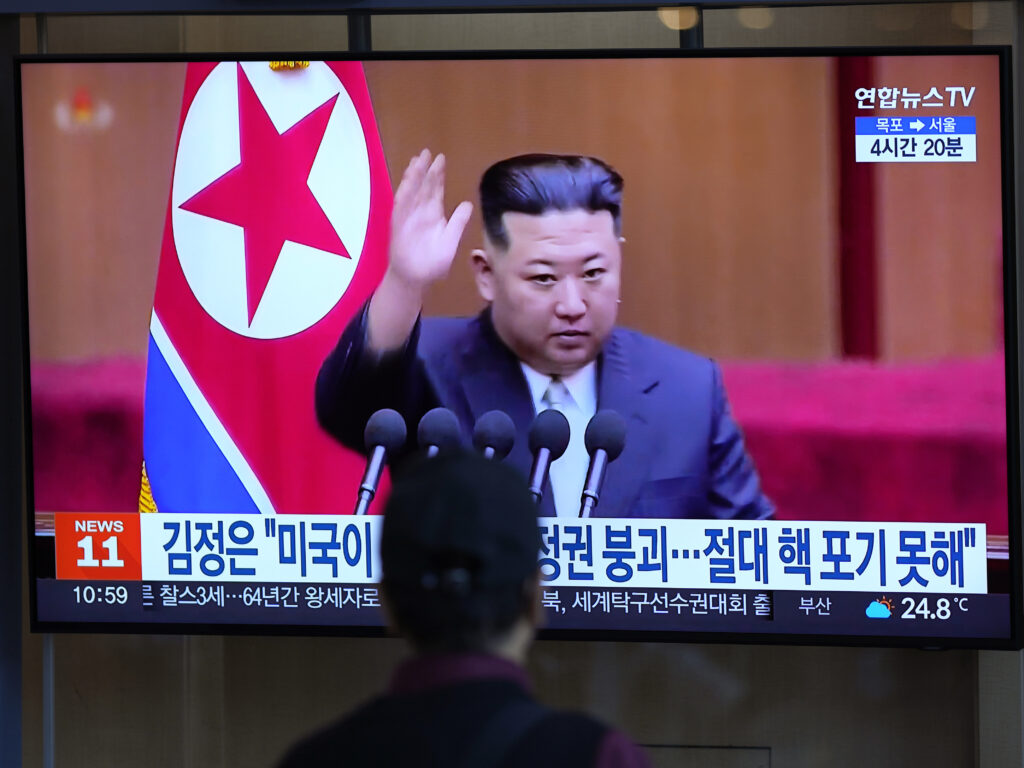
According to the Decree and the wording of Comrade Kim Jong-un’s declaration, the DPRK, as a responsible nuclear power, opposes all forms of war, including nuclear war, and aspires to build a peaceful world with international justice. Thus, the DPRK became the eighth nuclear-armed country after the five nuclear-armed countries of the United States, Russia, the UK, France, China, and the three de facto nuclear-armed countries of India, Pakistan, and Israel by promulgating the Decree to the outside world.
DPRK’s strategic declaration of becoming a “nuclear power” is highly mature, both in terms of nuclear weapons tests and carrier tests.
In terms of nuclear weapons testing, the DPRK has conquered the subsystem and overall design of nuclear weapons after six nuclear tests from 2006 to 2017 and should have made at least one breakthrough in deuterium-assisted explosive-enhanced atomic bomb technology. The current level of operational nuclear weapons in the DPRK may have been developed to a considerable degree.
In terms of missile testing, North Korea has gone even further, organizing three test launches of the Hwasong 12 medium-range ballistic missile in May and September 2017, breaking through intermediate-range ballistic missile technology, and organizing a test launch of the Hwasong 15 intercontinental ballistic missile in November 2017, and the more advanced Hwasong 17 intercontinental ballistic missile on March 24, 2022, which can reach an operational range of 15,000 km at its higher throw weight.
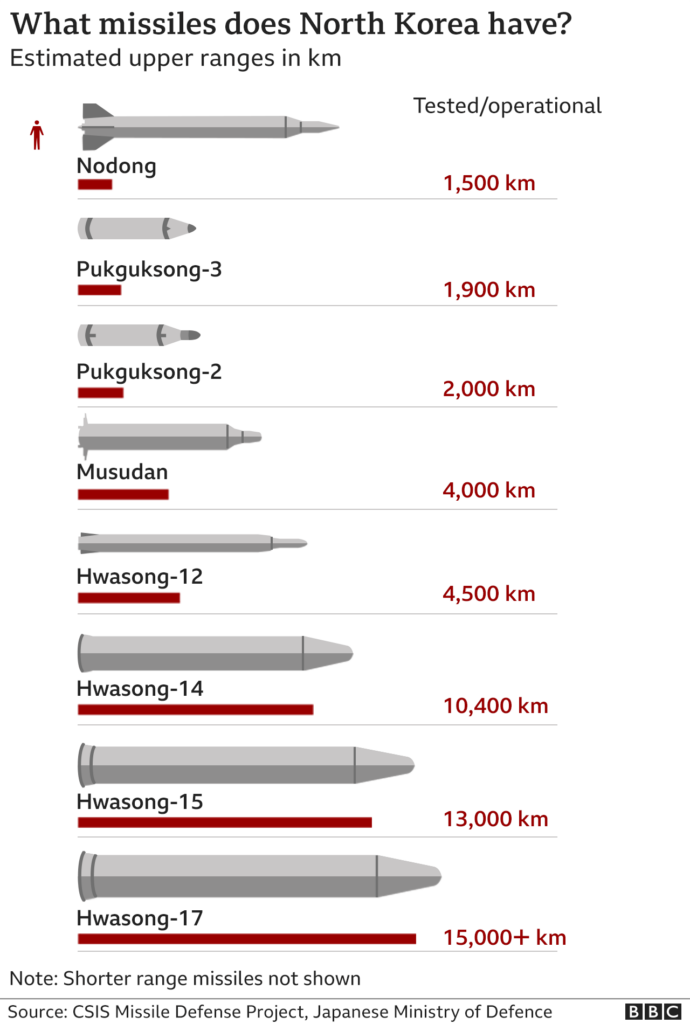
The combination of these two means that the DPRK has completed the development of nuclear weapons and ballistic missiles, and that the nuclear weapons program is powerful enough and has operational performance, while the ballistic missile development can be nuclear and conventional, with a range connection. In this case, it makes no practical difference whether North Korea declares itself a nuclear power or not.
The unstable nuclear chain of command
But the main content of the Decree, apart from specifying that the DPRK’s nuclear forces have a nuclear strategic doctrine, is full of uncertainties. For example, the Decree clarifies that If the command and control system of the country’s nuclear force is in danger due to an attack by a hostile force, a nuclear strike to annihilate a hostile force such as a provocative stronghold and a command headquarters is automatically and immediately carried out following a predetermined operational plan.
At the level of use of nuclear forces, there is a contradiction between ensuring that nuclear weapons can be fired when they are to be used and ensuring that they are not misfired when they are not to be used, a pair of opposite control principles that are difficult to balance in practice and extremely prone to anomalies. In practice, the more offensively inclined a country is in terms of nuclear forces, the more it tends to adopt a combination of centralized and delegated command principles in the control of nuclear forces.
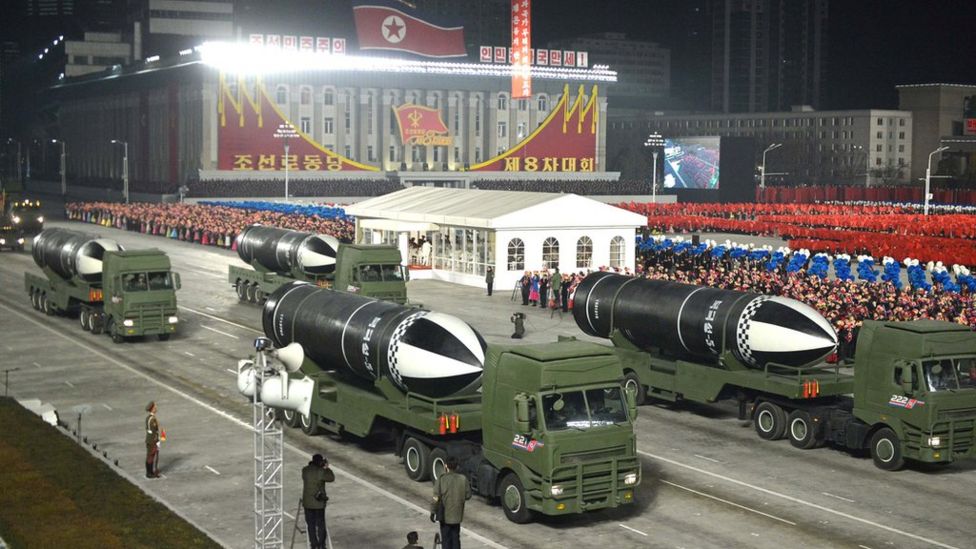
Judging from the Decree on the command and control of nuclear forces, it seems that the DPRK, while ensuring the principle of centralization and unification of nuclear forces, has placed special emphasis on the delegated command of nuclear forces to deal with the so-called decapitation of the leadership. That is, to ensure that the nuclear weapons in hand can be fired immediately, regardless of the situation, and that there will not be a situation where the leadership is eliminated and the nuclear weapons cannot be launched due to the loss of command. This is the opposite of the command and control of nuclear forces that some nuclear-armed states have in favor of preventing misfires. The Decree also stipulates that the nuclear forces of the DPRK maintain a regular mobilization posture and that once an order is given, the use of nuclear weapons can be implemented immediately under any conditions and circumstances.
This statement, if true, basically eliminates the possibility that the DPRK’s nuclear weapons might be stored with separate warheads and bodies, or that the bodies would be in a non-launched state. From this perspective, the danger of North Korea’s nuclear weapons, rather than giving up some of the stability of nuclear weapons command to ensure the effectiveness of nuclear strikes, is somewhat high. Especially if North Korea’s nuclear weapons command and communication system and even the highest authority of North Korea are opaque to the outside world, this uncertainty and danger of the nuclear weapons issue will be further magnified.
Aggressive conditions of nuclear weapon use
Even more dangerous are the conditions for the use of nuclear weapons in the Decree. According to which there are five conditions for the use of nuclear weapons in the DPRK: first, when the DPRK is or is judged to be under imminent attack by nuclear weapons or other weapons of mass destruction; and second, when the country’s leadership is “in a state of emergency”. Second, when the state leadership and the state nuclear force command structure are or are judged to be under imminent nuclear or non-nuclear attack. Third, when the state’s strategically important objects are or are judged to be under imminent lethal military attack. Fourth, when there is an unavoidable operational need to prevent the expansion and prolongation of the war and to seize the initiative of war. Fifth, when there is a situation that causes a devastating crisis to the existence of the country and the lives of the people, nuclear weapons have to be used to respond.
These five conditions of use are offensive, and even if the DPRK declares in the future that it has the principle of no first use of nuclear weapons or does not adopt the nuclear doctrine of preemptive strike, the provisions of this Decree will, to a large extent, negate that.
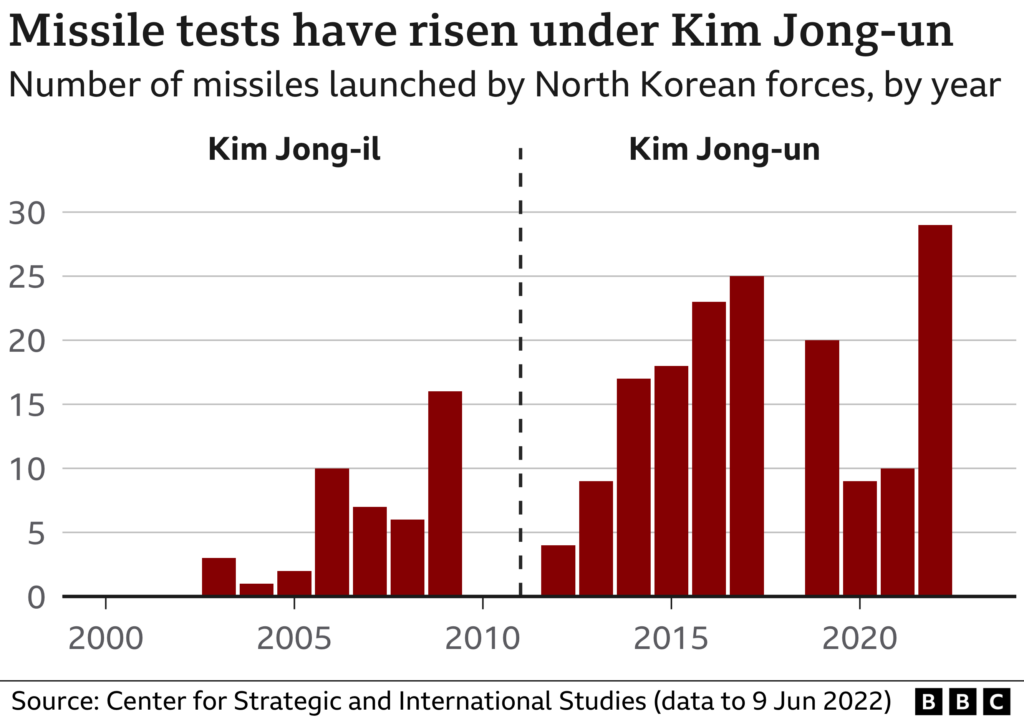
The thresholds for the use of nuclear weapons, from low to high, can be divided as follows:
The lowest nuclear threshold is the principle of pre-emptive, large-scale use of nuclear weapons, the use of nuclear weapons in conventional warfare, similar to the United States at the end of World War II and the United States and the Soviet Union during the Cold War.
Subsequent thresholds are the abandonment of the use of nuclear weapons in conventional warfare and the use of pre-emptive tactics only at the juncture of national survival or the use of nuclear countermeasures at the juncture of national survival. Both are of varying intensity, and Russia is currently at this level.
The highest threshold is never to use nuclear weapons first unless the country is attacked with nuclear weapons. In turn, there are two types of nuclear weapons attacks on the country: a landing nuclear counterattack, which means waiting for the opponent’s strike to land and verifying on the ground whether it is a nuclear weapon or not. An airborne nuclear counterattack, which means detecting the opponent’s means of strike and predicting whether it is a nuclear weapon or not. The former has the highest counterstrike intensity and nuclear threshold, while the latter has a relatively scientific counter strike intensity, but requires a high level of strategic early warning capability in the country, otherwise, it may lead to a preemptive nuclear disarmament.
The DPRK’s nuclear threshold, as defined by the Decree, is already low enough to rival that of the U.S. and the Soviet Union during the Cold War. For example, the prefix “judged to be” has been added to the conditions for the use of nuclear weapons but North Korea undoubtedly does not have a strategic warning capability, so how to define “judged to be” likely to be attacked is a very uncertain factor. The effectiveness of the counterattack all depends on the degree of deterrence of the leader.
All in all, this Decree will dramatically raise tensions on the Korean Peninsula and make this an eventful and unpredictable time around the world.
(Source: BBC, CNN, NPR)



